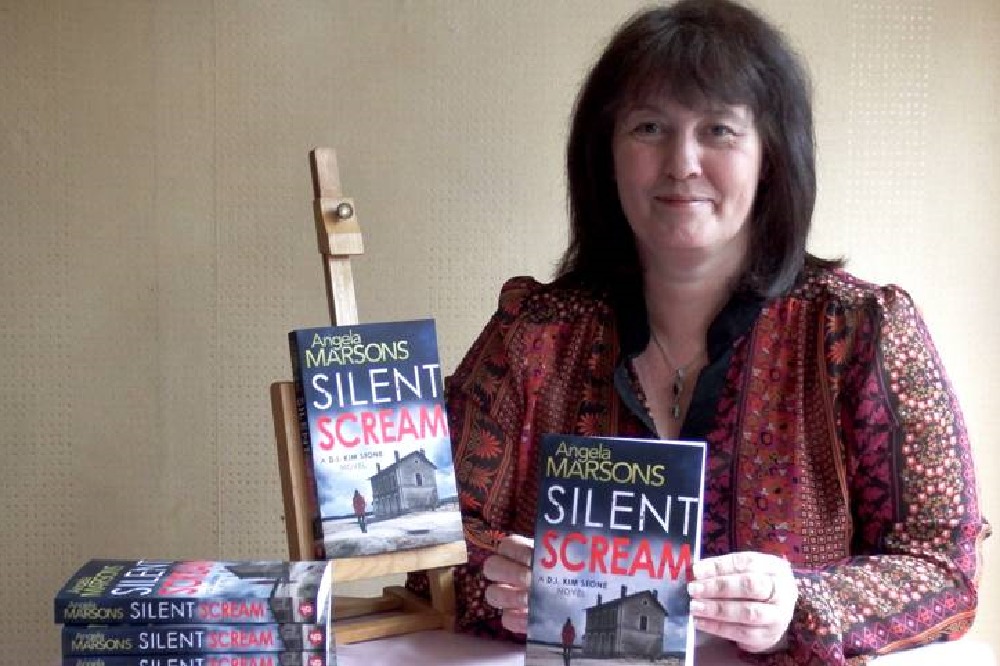
Angela Marsons
Mood - Before I start writing a crime scene I like to have a clear picture of the location, the time of day or night that I want the body to be found. I want everything around to add something to the scene, the atmosphere. Is the body in an alleyway behind a takeaway surrounded by the odour of stale chow mein. Is it just feet away from a busy road ignored by rush hour traffic.
Imagination - I like to offer the reader a hint of the violence but not a gory description. I think our own minds can conjure more if left to work their own magic. I would rather focus on the reason for a hesitant stab wound than explore the description of the skin and blood.
Emotion - I want the reader to feel some emotion for the victim. I want there to be assumptions or discoveries on the life cut short so we start building a picture from the moment the body is found. This could be as simple as a tattoo, or a piercing or the contents of a handbag or pockets.
Research - I like to make sure I'm up to date with current procedures. Who is there? How far away is the cordon? What protective equipment is required to protect the crime scene? Not everything you learn is necessarily used but it's good to have it fixed in your mind's eye as you write the scene. I once wrote an entire crime scene without mentioning the Forensic Photographer. It wasn't until D.I. Kim Stone received the photo's the next morning that I had to wonder from where they had come!
Sensitivity - As the writer I still want to be sensitive to the victim. That might sound ridiculous but if the body is naked then it is to do with the story and not for any gratuitous descriptions of body parts.
Humour - Writing and reading a crime scene can be very dark and oppressive. I like to add a sprinkling of humour by having Kim Stone's sparring partner, Keats, present to provide an element of light relief.
Role Play - Thankfully this doesn't include actual murder. But if I want to write a crime scene in a car I have to know what gets in the way. Would a killer be able to swing around with a five inch blade without slicing into the steering wheel, or at what angle would they need to be positioned to drive the knife home?
Questions - I want the reader to leave the crime scene burning with questions. Who is this person? What is their life? Did they deserve it?
Facts - As a writer you want to include every fact that you've learned about your chosen crime scene, because it's interesting. But it's knowing how many facts you need on body temperature or Rigor Mortis before it detracts from the story.
Clues - Most importantly you want to give the reader a few pointers on where the story is going. Is this likely to be an isolated incident or will there be more?

